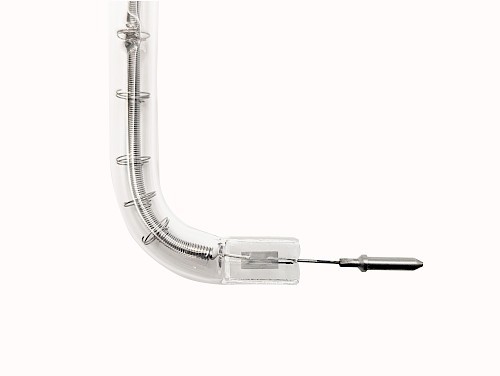
Gold Lamps vs. NIR Lamps: Which Infrared Solution Fits Your Needs?
When it comes to industrial heating, selecting the right infrared technology can make a world of difference in energy efficiency, process speed, and product quality. Among the top contenders in the market are gold infrared lamps and NIR (near-infrared) heaters. But how do they stack up against each other? And how do you decide which is best for your specific application?
This gold vs NIR infrared lamps comparison breaks down the key differences, benefits, and best-use scenarios to help you make an informed choice.
Understanding the Basics
Gold Infrared Lamps feature a quartz tube with a gold-coated reflector. This coating helps direct and concentrate infrared radiation toward the target material, improving heating efficiency. They typically emit short or medium-wave IR energy and are valued for their focus and high reflectivity.
NIR (Near-Infrared) Lamps operate in the near-infrared spectrum, typically between 0.75 and 1.4 microns. Their shorter wavelength allows for very fast heat transfer, making them ideal for rapid processes and surface heating.
Gold Reflector vs NIR Heater Comparison
Let’s compare these two infrared heating options based on the most important industrial criteria:
Speed of Heat-Up
-
NIR Lamps: Known for near-instantaneous heating, these lamps reach full temperature in seconds, making them ideal for high-speed lines or time-sensitive processes.
-
Gold Lamps: Fast, but typically slightly slower than NIR due to differences in wavelength and energy focus.
Winner: NIR Lamps for ultra-rapid response.
Heat Distribution & Directionality
-
Gold Lamps: Thanks to their reflective gold coating, they deliver highly directional heat with minimal energy loss. Great for processes that require concentrated heat zones.
-
NIR Lamps: Also provide good control, but without the built-in reflectivity of a gold layer.
Winner: Gold Lamps for precision-focused heating.
Penetration Depth
-
NIR Heaters: With shorter wavelengths, NIR heat penetrates surface layers more effectively, making it suitable for materials like plastics, films, and thin metals.
-
Gold Lamps: Offer excellent surface heating but with slightly less penetration than NIR.
Winner: NIR Lamps for applications needing surface-to-core heat transfer.
Energy Efficiency
-
Gold Infrared Lamps: The gold reflector boosts efficiency by reflecting up to 95% of emitted energy back to the target.
-
NIR Infrared Lamps: Extremely efficient in rapid heating, but may need additional reflectors or systems for focused energy delivery.
Winner: It depends. For targeted efficiency, gold reflector lamps excel. For speed and throughput, NIR may save more energy over time.
Choosing Infrared Lamps for Industry
When it comes to choosing infrared lamps for industry, the best option often depends on your specific process requirements:
Choose Gold Lamps if:
You need highly directional heating.
Your application involves surface curing, drying, or bonding.
Reflective efficiency is a priority.
You're working with delicate or heat-sensitive materials.
Choose NIR Lamps if:
Speed is critical (e.g., high-speed web processes).
You require deeper heat penetration.
Your process involves plastic forming, drying inks, or rapid surface treatments.
Real-World Applications
-
Gold Lamps: Used widely in screen printing, automotive component drying, and food packaging.
-
NIR Lamps: Common in PET preform heating, electronics, textile finishing, and high-speed coating lines.
Conclusion
Choosing between gold vs NIR infrared lamps isn’t about picking the “better” option, it’s about selecting the right fit for your application. Whether you need the pinpoint control of a gold reflector or the rapid heat-up time of a NIR heater, understanding the capabilities of each is essential.
By focusing on your process speed, material properties, and energy needs, you’ll be better equipped to select the perfect infrared solution. Need help evaluating your system? Reach out to us and we can walk you through your specific application needs.
